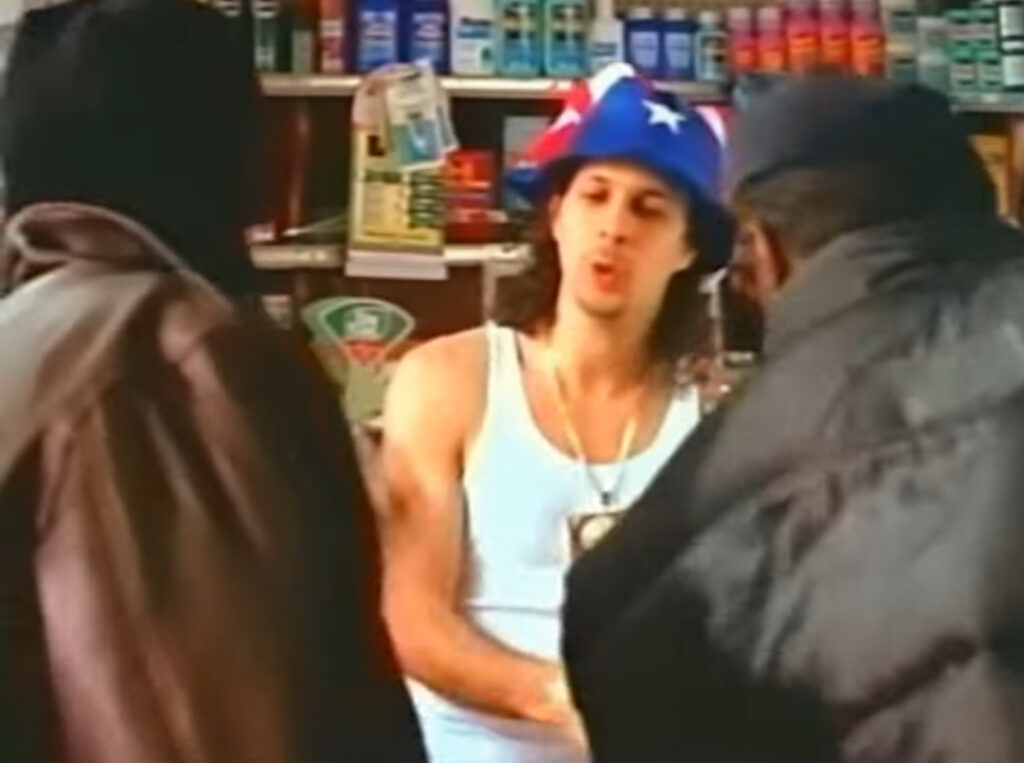In the rich tapestry of 1990s hip-hop, few collabo capture the raw energy and cultural richness of New York City like “Spanish Harlem” by Cocoa Brovas, featuring Tony Touch and Hurricane G. This track is more than just a song—it’s a vivid snapshot of a place, a culture, and an era, delivered by some of the most distinctive voices in hip-hop.
The Artists Behind the Track
Cocoa Brovas (Smif-N-Wessun)
Cocoa Brovas, better known as Smif-N-Wessun, were legends in the world of underground hip-hop. Hailing from Brooklyn and part of the Boot Camp Clik collective, Tek and Steele have always been known for their gritty lyrics, storytelling ability, and ability to represent the struggles and triumphs of urban life. Their decision to briefly rebrand as Cocoa Brovas stemmed from legal issues with the gun manufacturer Smith & Wesson but didn’t change their sound or impact.
Tony Touch
Tony Touch, a revered DJ and producer, brings his Puerto Rican heritage and deep love for hip-hop to everything he touches. Known for his legendary mixtapes and contributions to the New York hip-hop scene, his presence on “Spanish Harlem” adds authenticity and a nod to the Latino roots of the neighborhood the song celebrates.
Hurricane G
Hurricane G, one of the first prominent Latina voices in hip-hop, adds a fiery presence to the track. Her bilingual rhymes and unapologetic delivery reflect the dual identities many people in Spanish Harlem navigate daily, making her the perfect collaborator for this ode to the neighborhood.
Exploring “Spanish Harlem”
“Spanish Harlem” isn’t just a song; it’s an anthem for a community that has long been a cultural melting pot. The track blends raw lyricism, vibrant storytelling, and a unique mix of hip-hop beats and Latin-inspired rhythms.
Lyrics and Themes
The lyrics of “Spanish Harlem” paint a picture of life in the neighborhood. From the street vendors selling pasteles to the rich cultural traditions of the Puerto Rican and Dominican communities, the song captures the spirit of a place that’s as colorful as it is resilient.
Tek and Steele’s verses bring gritty realism, touching on the struggles of poverty, survival, and street life. Hurricane G adds an emotional layer, rapping in both English and Spanish, seamlessly switching between the two to reflect the duality of life in Spanish Harlem. Meanwhile, Tony Touch provides a steady presence with scratches and production that tie the song together.
Production and Sound
The beat is a fusion of classic boom-bap with subtle Latin elements—think bongos and congas layered under the heavy drums. This blend mirrors the cultural fusion of Spanish Harlem itself, where salsa meets hip-hop and traditional blends with contemporary. Tony Touch’s influence is unmistakable here, as he brings his DJ skills to craft a track that feels timeless.
Culture
“Spanish Harlem” stands as an important piece of hip-hop history. It’s a tribute to a community that has given so much to the culture, from its music to its art and fashion.
Representation Matters
The inclusion of Tony Touch and Hurricane G highlights the vital role of Latinos in hip-hop. While the genre originated in the Black community, it has always been a collaborative art form, with Latinos playing a crucial role since its inception. This track reminds listeners of that legacy while also giving Spanish Harlem its moment in the spotlight.
Timeless Storytelling
Though released decades ago, the themes of “Spanish Harlem” remain relevant today. The neighborhood’s vibrancy, struggles, and resilience continue to resonate, making the song feel as fresh and meaningful as it did when it first dropped.
Impression
Cocoa Brovas’ “Spanish Harlem,” featuring Tony Touch and Hurricane G, is more than just a hip-hop track—it’s a celebration of culture, identity, and the power of storytelling. With its raw lyrics, infectious beat, and nod to the Latino influence in hip-hop, it’s a song that captures the essence of New York City and its diverse communities.
For anyone looking to understand the roots of hip-hop or experience the heart of Spanish Harlem, this track is a must-listen. It’s a reminder of the genre’s ability to give voice to the voiceless, celebrate cultural heritage, and unite people through the universal language of music.
No comments yet.








